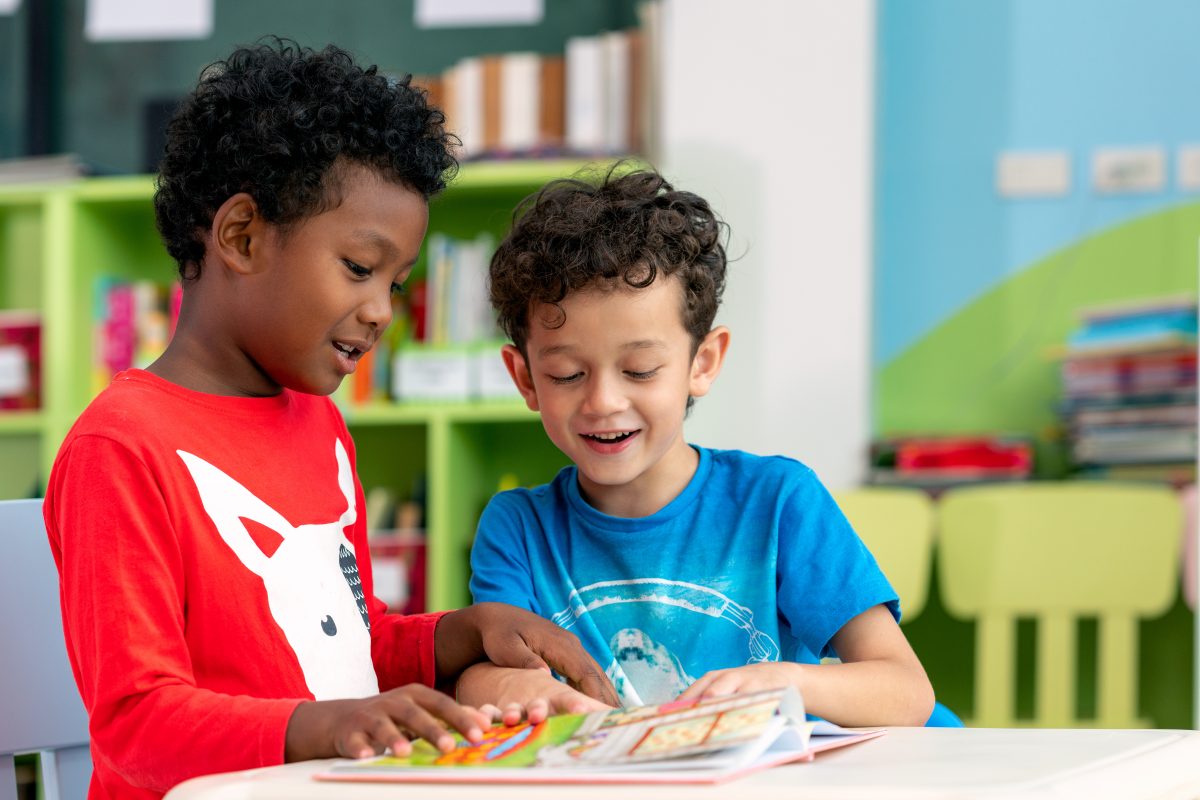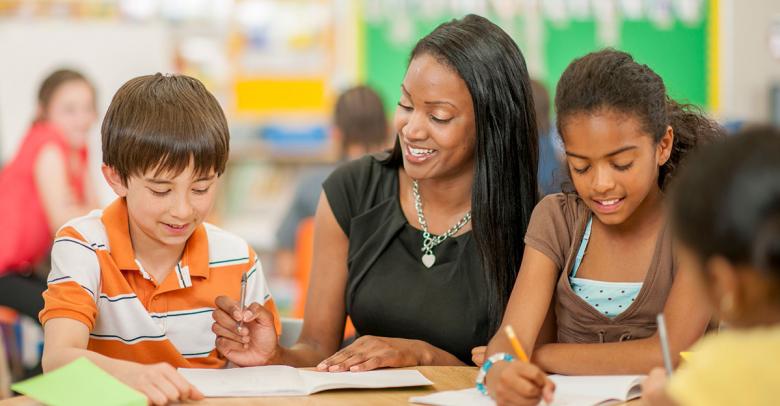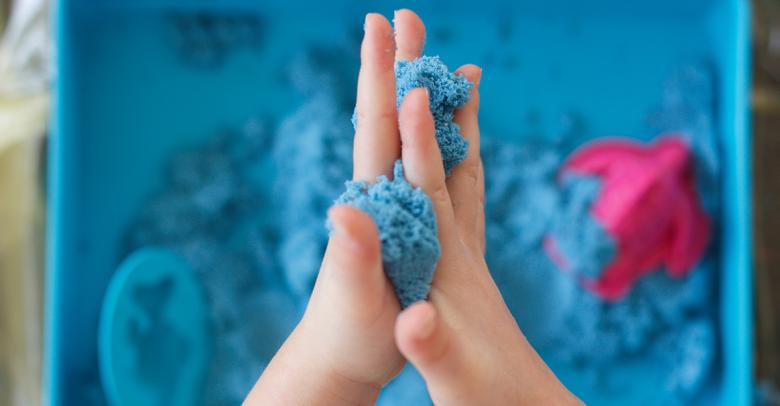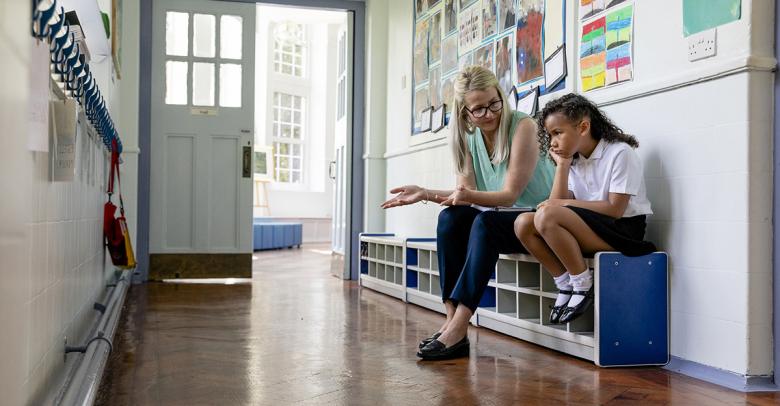Positive reinforcement plays a crucial role in creating a healthy classroom environment, and what better way to celebrate this than acknowledging Say Something Nice Day on June 1st? Compliments might seem like small gestures, but they make a huge impact.
Why Compliments in the Classroom Matter
Compliments do more than brighten a student’s day. Scientific evidence shows that positive reinforcement boosts self-esteem, improves focus, and increases motivation. When students feel seen and valued, their confidence in their abilities grows. Additionally, compliments strengthen the bond between teachers and students, making the classroom more conducive to learning and thriving.
Compliments and Self-Esteem
When someone acknowledges your effort, doesn’t it make you stand a little taller? A simple, sincere compliment can work wonders on a child’s self-worth. For instance, telling a student, “I noticed how hard you worked on that project and it shows!” reinforces effort as something valuable and praiseworthy. This builds student confidence and fosters a growth mindset.
Fostering a Positive Learning Environment
Compliments contribute to a happier classroom atmosphere. Students feel supported and understood when recognition becomes a regular part of interactions. Over time, this consistent affirmation builds an environment where everyone feels encouraged to do their best.

How to Compliment Effectively
While the power of compliments is undeniable, how you give them matters. A well-delivered compliment should inspire, not feel like an overused phrase.
Be Specific, Not Generic
Generic compliments don’t resonate as well as focused ones. Avoid blanket statements like, “You’re smart.” Instead, point to something tangible. For example, say, “You worked through that tricky concept so patiently and it paid off!” This reinforces the value of their effort.
The Role of Authenticity
Nothing undermines a compliment faster than a lack of sincerity. Always mean what you say. Students are intuitive and will notice when your praise feels obligatory or forced. Authenticity ensures your compliments leave a lasting impact.
Balancing Praise and Constructive Feedback
While encouragement is essential, too much praise without constructive feedback can lose its effect over time. Balance compliments with actionable suggestions. For instance, “You’ve improved your punctuation, and with just a little more focus on sentence structure, your writing will truly shine!” This motivates students to keep growing.
Examples of Effective Compliments
Generic compliments like “good job” can sometimes miss the mark. Instead, opt for more specific praise. For example:
- “I loved the creative way you solved that math problem!”
- “Your handwriting has improved so much!”
- “You showed great teamwork when you helped your classmate earlier.”
Compliments like these are direct, meaningful, and reinforce positive behaviors.

Creative Ways to Compliment Students
Want to go beyond verbal praise? Creative activities can make compliments even more memorable. For more ideas, check out Real Teacher Tips for Creating a Compassionate Classroom.
Compliment Journals
Give students a personal journal where they can write down the compliments they receive. Not only does this reinforce positivity, but it also allows them to revisit those moments whenever they need a little boost. It’s a great way to build self-reflection as well.
Celebrating Kindness on Say Something Nice Day
June 1st provides a perfect excuse to create a “culture of compliments”. Start a class activity where students write one kind sentence about each of their classmates. These can be shared anonymously with the recipients of the kind words.
Visual Aids for Compliments
Set up a “Compliment Wall” or a bulletin board where students can pin notes of appreciation for their classmates. These visual reminders can encourage optimism and celebrate achievements and traits that might otherwise go unnoticed.

Complimenting your students isn’t just a way to boost morale; it’s a powerful teaching tool that shapes their character, mindset, and relationships. Small acts of kindness can ripple through your classroom and beyond, creating an environment where every student feels valued and inspired. With Say Something Nice Day right around the corner, why not start this rewarding practice today? Take the first step, and watch the transformation in your classroom.






I really appreciate how this post highlights the deeper impact of compliments beyond just making someone feel good in the moment. It’s a great reminder that recognizing effort, not just achievement, helps students develop a growth mindset and feel more connected in the classroom. I’ve found that even small, specific affirmations can shift the entire tone of a lesson.
We are so happy that you found the post helpful. We agree that compliments offer many positive contributions to the classroom. – Maureen